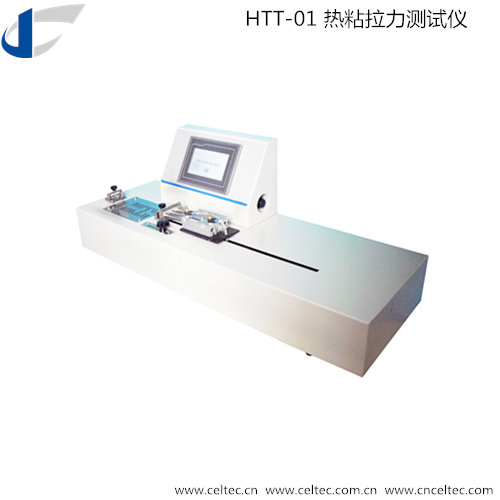The hot sealing performance of packaging materials is the main parameter to evaluate the packaging ability of materials. It includes hot tack and ultimate strength.
Hot tack has been used to check the strength of peeling the heat-sealed part shortly after heat sealing while it’s not cold. Ultimate strength has been used to check the strength of peeled heat-sealed parts when the parts have been cooled.
These parameters vary from one material to another. However, the correct application of these parameters often affects the choice of packaging material and the actual filling efficiency.
Today, form-fill-seal machines are frequently used for flexible packaging in areas such as food, pharmaceuticals, and cosmetics. In these filling lines, flexible packaging is manufactured and filled simultaneously. The filling method is basically to fill the product into the package from a certain height. The drop causes a strong impact on the bottom of the package. If the bottom cannot withstand the impact, the bottom will crack – package break. It affects cleanliness and filling efficiency.
In filling lines, the time between the manufacture of the package heat seal and the filling of the product is so short that it is almost impossible to cool the heat-sealed components in such a short time. The maximum visible resistance does not apply to this example. Hot tack must be used. As we all know, optimizing the heat-sealing process is an effective way to shorten packaging time. Hot tack tests will help manufacturers choose the optimal heat-sealing parameters.
Hot tack directly affects the filling efficiency and the rupture rate of the bag. Heat seal performance is often used to indicate the containment capacity of materials. Make sure heat seals do not leak during shipping, storage, and display. It is the premise to realize the function of packaging materials.
The CELTEC HTT-01 horizontal hot tack tester and HTT-02 vertical hot tack tester can be used for above application. The two testers are based on ASTM F1921 standard. User can adjust heat-sealing time, cooling time, heat-sealing temperature and heat-sealing pressure according to requirement.


